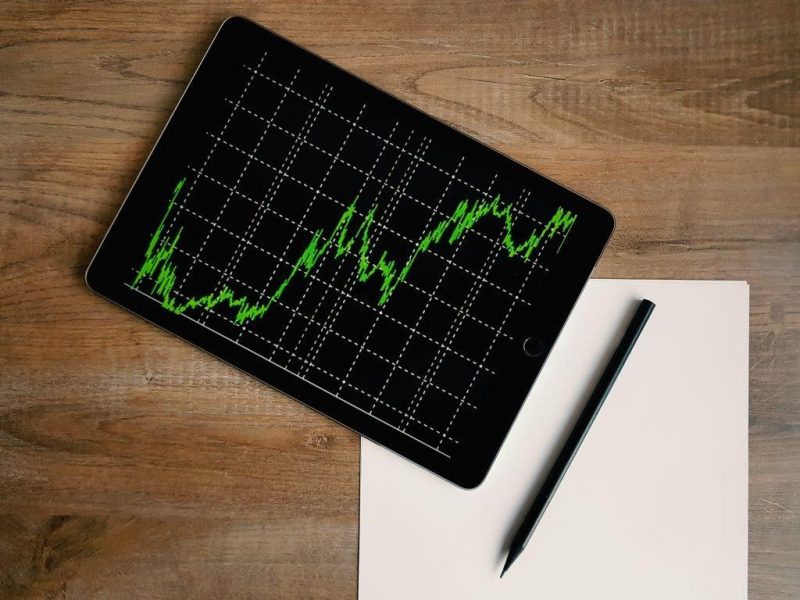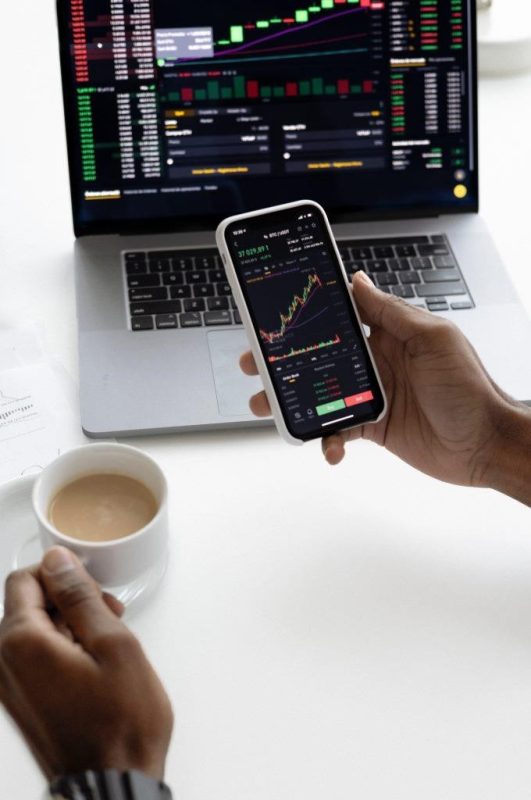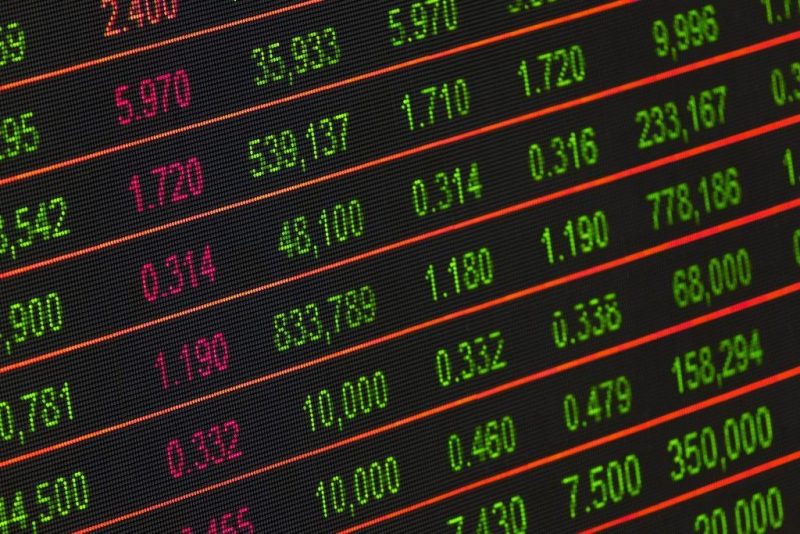
The stock market is unpredictable. It is a highly volatile place where the market can change at any moment with money trading stocks. The market might have a considerable jump one minute and then fall the next. You can never be sure which one is going to happen when.
To add to the misery, you can’t even develop a successful trading strategy that can ensure you profit. So what to do in this situation? Well, this is when power hour stocks enter the scene.
There will always be hours when the most volume of trading will occur. And this is when the market has the potential to be lucrative. Such hours are known as power hour stocks.
Contents
- Trading Power Hour Stocks
- When Do Power Hours Occur?
- Morning and Afternoon Power Hours
- Panics and Spikes in the Power Hour Stocks
- Factors to Look Out for in the Power Hour Stock Market
- Different Trading Strategies in Power Hour Stocks
- Disadvantages of Power Trading Hour
- Final Thoughts
Trading Power Hour Stocks
For long-term investors, power hour stocks aren’t as crucial as part-time traders. Nevertheless, it’s always wise to take advantage of the volatility depending on your settings of the stocks.
Power hour stocks mean trading stocks at a specific time when the market is doing well. Rather than spending the entire day monitoring the market or make decisions based on past performance, you can free up your time and still be successful. There are time frames in a day that is considered as power hour.

Professional traders and analysts also believe hours on a trading day like Mondays and Fridays to be power hours. Your job is to trading stocks in these hours to get the most out of your assets and avail services like tracking outages.
If you want to know more about it and learn if there’s any inherent risks involved, you can watch personalized content and ads including Google searches and videos. Channels like Benzinga and Timothy Stykes talk about stock hours, audience engagement and site statistics.
When Do Power Hours Occur?
The stock market power hour is when most traders execute frequent and large transactions. It dramatically affects the value of stocks and market spikes. Usually, there are two power hours most people focus on.
The first one is when the market opens. It usually starts from 9:30 to 10:30 am eastern. The other one is when the market is ending. It is between 3 to 4 pm eastern. As it’s the last hour of regular stock trading, it’s evident that this is when big moves occur.
Some traders can’t trade full-time. So, by focusing on these two hours specifically, one can trade when most volatility occurs. Instead of the entire trading day, you can focus on only these hours. Then you will have a much better chance of profit.
Morning And Afternoon Power Hours

Now that you’ve got the gist of the stock market power hour, let’s investigate a bit further. As we’ve mentioned, there are two time frames when it’s best to trade just like the vast majority. The morning power hour, which is 9:30 to 10:30, is when the US market opens.
This is when the traders try to catch and finalize most of their trades from the previous day. That’s why most mornings see spikes in the stock market as they use cookies and data related to the market. So, trading stocks in the morning is a wise thing to do.
The afternoon power hour is quite similar as there’s an increase in the trading volume and volatility in the market. This is when the market closes. In the last trading hour, traders try to close their positions and finalize their deals.
Therefore, the market goes into frenzy. Many traders recognize this to be the most critical time in a regular day of the stock market. One thing we should mention is that always analyze the company before you continue. Investigate site statistics and relevant results and recommendations to understand better, content and ads include.
Make sure that the content you’re currently viewing have securities mentioned that are necessary for stock trading. Most of these ads show personalized content, and you go through site statistics to understand better, or even browse through web for non personalized content. Recommendations a customized YouTube channel provides are mostly to show personalized or generic content.
Panics and Spikes in the Power Hour Stocks

Panics and spikes are a critical part of the power hour stock. You may ask how one can predict if there will be panic or spike the next day? Well, there are some general indicators including past performance and the data to deliver based on general location.
For a morning spike, the company will report good earnings or other strong catalysts. Also, when the stock hits new highs near the end of the previous day, it is a solid indicator that there will be a spike in the next day. But sometimes, it can happen without any cause. You have to keep an eye out.
The same goes for panic or crash in the market. But sometimes you can get a good idea of it coming. When the stock finishes poorly on the previous day, there’s likely going to be panic on the next day. You can try activity like Google searches and go through ads that are tailored to your interests of stock hours for finding out more.
Also, slow traders don’t understand the market enough and fail to recognize the previous day’s momentum shift. Therefore, they all sell at open. This also creates panic. So, if you are looking to trade in the power hour stocks, make sure to analyze the crashes and spikes in the market.
Factors To Look Out For In The Power Hour Stock Market

No matter how wisely you make your decisions, you have to be careful to some extent. In the power hours, the market rushes like crazy. Sometimes it crashes, while it spikes in other times. In these crazy times, you have to make informed decisions to be successful. So, here are some factors you have to consider while trading in power hours.
Price to Earnings Ratios
This ratio is a must-known metric for traders all around the world. It gives an insight into the stock market that can be highly beneficial for you. Usually, you can calculate this by dividing the price of a company by its annual earnings per share.
The ratio will give you a solid idea of whether the company’s stock will do well or not. If a company has a ratio of 25, it suggests that it is not making enough money to justify the high share price. Therefore, it’s pointless to trade.
Options
Options are a crucial instrument that allows the day traders to speculate the changes in the price of a stock. Without it, it’s hard to guess the price of a specific asset in an exact period.
When looking into the option contracts, you can monitor and analyze what other traders think about a particular asset. Then you can just follow their trading activity. It is also an excellent way to understand fraudulent and abusive measures.
Federal Reserve Announcements
Last but not least is the one factor that doesn’t even relate to the market. It is the federal reserve announcements. Every year, about eight times, the federal open market committee holds a meeting and releases a public statement. They discuss specific aspects and bring about changes in the federal monetary system.
Therefore, you can assume what happens when they release an announcement that contains changes. Changes like the decline in employment or federal funds rate can cause a tsunami on the market. So, always make sure you are keeping up with the Federal Reserve Announcements.
Different Trading Strategies in Power Hour Stocks
Now that we’ve got a rudimentary idea about power stock hours, let’s see how traders implement it in different trading strategies.
Scalping
For beginners, scalping is one of the best trading strategies. The basics of scalping are that it is a strategy that performs trades in a short time and makes a fast profit off reselling. Usually, traders profit from the number of trades rather than the scale.
Scalping requires a strict exit strategy. This means you have to hold your position concisely and close it as soon as it’s green. Typically, this strategy is not that effective. But during power hour stocks, day traders can make quite a profit. You have to analyze when the market is going up and predict the power hour like an exact science.

If you manage to execute quick trades at that time, then you can make a high profit. But to execute it flawlessly, you need to have the experience and capacity. The market moves at a fast pace during fast hours. Therefore, you also need to keep up.
Also Read: Scalping Forex
Swing Trading
Swing trading is a much more technical approach than scalping. It is a strategy by which traders try to benefit from short to medium-term gains over the period you choose to focus on. In Swing trades, you have to analyze and research the stock prices. Unlike scalping, you have to hold your position much longer.
The best time for swing trading is during the pre-close power hour. This is when you have the opportunity to analyze the stock’s performance. Therefore, you will be able to avoid any risks or fluctuations.
Disadvantages of Power Trading Hour
Although trading power hour stocks seem attractive, it does have its downfalls. In power hour stocks, the market activity is intense. Intense market activity leads to a higher chance of inherent risks. Therefore, you have to trade at your own risk.
Also, you need to analyze and research the trends of the stock market to be successful. It’s time-consuming and quite arduous sometimes.
Final Thoughts
The stock market is ever-changing. There will always be risks. If your main goal is short-term trading with good profits, trading in power hour is for you. Also, you have to be ready to face financial losses.
Keep in mind that you need to have a considerable amount of time in your hand to analyze the trends. If all these fit you, then don’t hesitate to start your journey.
Also Read: Best Day Trading Stocks



